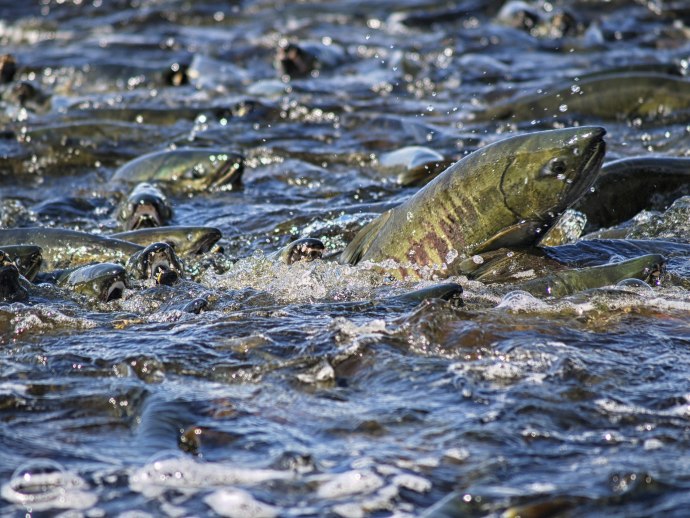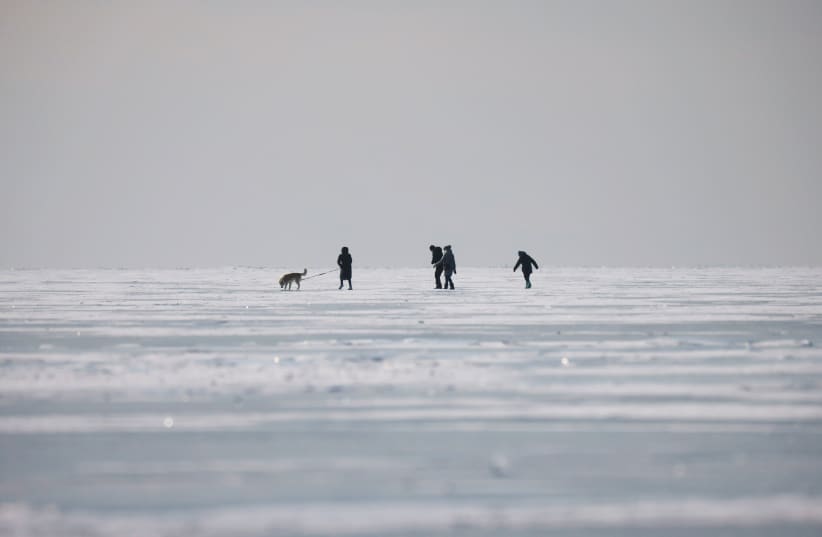The Baikal omul of the pelagic (Selenga) family, a subspecies of salmon, have almost doubled in size, head of the Baikal branch of the All-Russian Research Institute of Fisheries and Oceanography (VNIRO) Vladimir Peterfeld told TASS.
Since October 2017, a ban has been established on industrial Industrial and amateur fishing of omul in lake Baikal, Russia, due to a sharp decline in its population. The Baikal omul is the object of one of the largest commercial fisheries on Lake Baikal, as well as the most well known example of the fauna that lives exclusively in the lake.
With some restrictions, omul can be caught by the indigenous peoples of Siberia and fish hatcheries for artificial reproduction purposes, as well as be taken by scientists and for research.
“In recent years, we have recorded the highest growth rate of pelagic omul in history. That is, such a large omul has never come to spawn. This is most pronounced growth in the pelagic group. If, for example, in 1985 there were three omuls of 300-350 grams in a kilogram, now the same omul are almost 600-800 grams each,” Peterfeld said.
Scientists do not yet understand what is causing the unusual growth, specialists from VNIRO and the Limnological Institute of the Siberian Branch of the Russian Academy of Sciences are planning a six-day expedition which, will depart at May 23, to further research what is causing the growth anomaly among other subjects.


“During the expedition, we will calculate not only the biomass, but also the size characteristics of the fish in order to understand how many juveniles and adults we have," Andrey Fedotov, director of the Limnological Institute, said in a statement. "One of the types of analysis that will be performed during this expedition is the composition of microelements in the tissues of the omul.”
Researchers plan to find out how and at what depths the Baikal omul is distributed in winter, Peterfeld told TASS.
Deep ice fishing has recently become popular on Lake Baikal, when fish were caught with bait from a depth of 150-200 meters using this method. It turns out that fauna that is active at such depths is not in winter hibernation, as researchers previously thought.
The Environment and Climate Change portal is produced in cooperation with the Goldman Sonnenfeldt School of Sustainability and Climate Change at Ben-Gurion University of the Negev. The Jerusalem Post maintains all editorial decisions related to the content.
